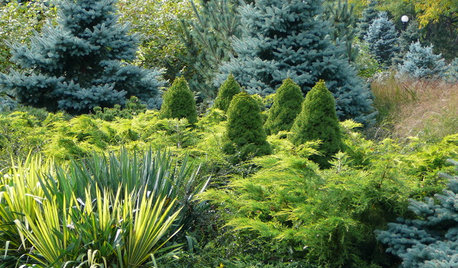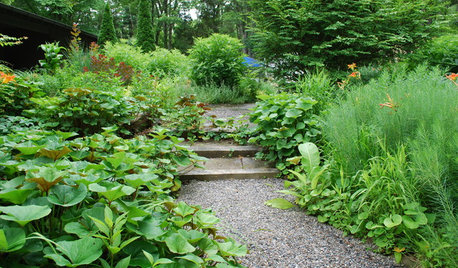Searching for a Thuja plicata cultivar
benjaminxxl
15 years ago
Featured Answer
Sort by:Oldest
Comments (27)
coniferjoy
15 years agobenjaminxxl
15 years agoRelated Professionals
Holly Springs Landscape Architects & Landscape Designers · Maple Valley Landscape Architects & Landscape Designers · Danbury Landscape Architects & Landscape Designers · Birmingham Landscape Architects & Landscape Designers · Manhattan Beach Landscape Architects & Landscape Designers · Prairie Ridge Landscape Architects & Landscape Designers · Tempe Landscape Contractors · Bell Gardens Landscape Contractors · Biloxi Landscape Contractors · Cudahy Landscape Contractors · Milford Mill Landscape Contractors · Plymouth Landscape Contractors · Selden Landscape Contractors · Stony Brook Landscape Contractors · Goldenrod Landscape Contractorsconiferjoy
15 years agobenjaminxxl
15 years agopineresin
15 years agobenjaminxxl
15 years agoconiferjoy
15 years agoEmbothrium
15 years agoconiferjoy
15 years agobenjaminxxl
15 years agoconiferjoy
15 years agonoki
15 years agoblue_yew
15 years agoconiferjoy
15 years agoblue_yew
15 years agoEmbothrium
15 years agotunilla
15 years agoEmbothrium
15 years agoconiferjoy
15 years agoEmbothrium
15 years agoconiferjoy
15 years agopineresin
15 years agotsugajunkie z5 SE WI ♱
15 years agoEmbothrium
15 years agorebecca38
13 years agoMelissa Morton Garden Design
6 years ago
Related Stories

GARDENING GUIDESGreat Garden Combo: 3 Wonderful Plants for a Deer-Resistant Screen
Protect your privacy and keep deer at bay with a planting trio that turns a problem garden area into a highlight
Full Story
PLANTING IDEASStretch the Budget, Seasons and Style: Add Conifers to Your Containers
Small, low-maintenance conifers are a boon for mixed containers — and you can transplant them to your garden when they’ve outgrown the pot
Full Story
SIDE YARD IDEASNarrow Trees for Tight Garden Spaces
Boost interest in a side yard or another space-challenged area with the fragrance and color of these columnar trees
Full Story
LANDSCAPE DESIGNThe 7 Best Plant Types for Creating Privacy and How to Use Them
Follow these tips for using different kinds of plants as living privacy screens
Full Story
PLANTING IDEASDesigning With Conifers: Layers of Texture for Your Garden
Sharp and prickly or fine like ferns, richly textured conifers bring unexpected interest to the landscape
Full Story
LANDSCAPE DESIGNFlood-Tolerant Native Trees for Soggy Soil
Swampy sites, floodplains, even standing water ... if you've got a soggy landscape, these trees are for you
Full Story
GARDENING GUIDES7 New Plants to Grow for Beautiful Foliage
Add color, structure and interest to your garden with these recently introduced plants that sport exceptional foliage
Full Story
LANDSCAPE DESIGNTour a New American Garden in New Jersey
See how James Golden built his garden in a depression with wet clay and rogue cedars
Full StorySponsored
More Discussions








Embothrium